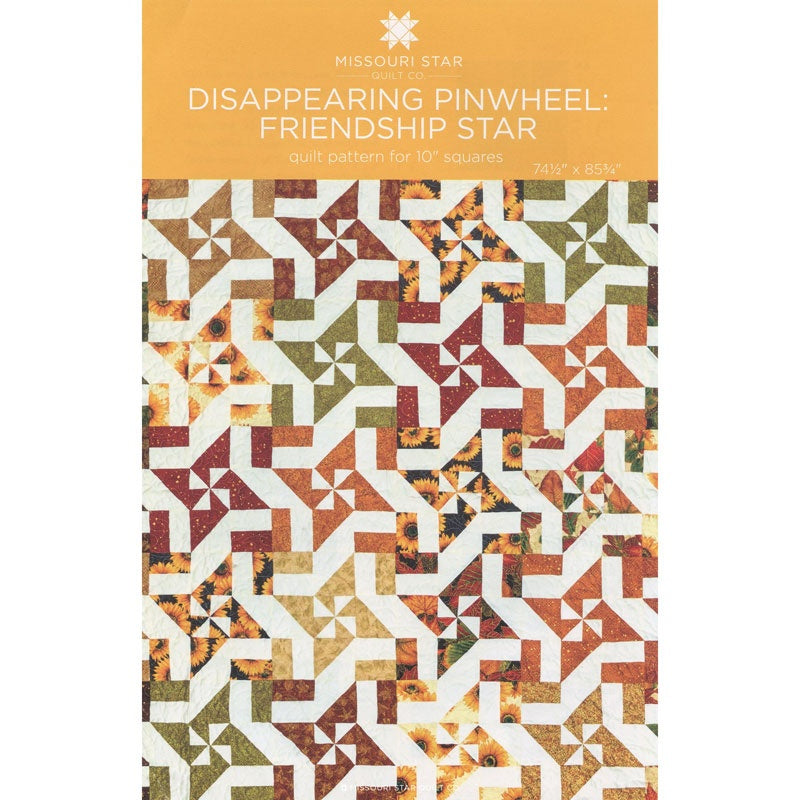
Stretchy binding knitting is a way to finish knitting. This involves leaving a long tail of between 5 and 10 inches and weaving it through each stitch. Once the tail is sturdy, the knitter will be able to continue knitting and purling. This is a good method to use for sweaters or garments that have to be cinched at their necks.
Yarnover Bind Off
If you're knitting sweaters and want to create a stretchy binding off, the yarnover bindoff technique can be used. This technique is great for stockinette stitch ribbing, as well as creating extra yarn for stretch. The extra yarn is placed around each stitch's base and allows it to stretch.
The yarnover method can be done the traditional way or with a lifeline. Before binding off, the lifeline can be threaded through all stitches. Using a lifeline, you can determine whether the bind-off method is correct for your knitting project. It can also serve to measure the finished item. You can also test the bind-off process by having someone else try it before you complete the project.

The yarnover bind-off technique is a flexible and easy technique. It is great for knitting top-down and toe-up sweaters.
Suspended binding-off
Suspended bind off knitting involves suspending the last stitch of the previous row and knitting the next row. The result is a stitch with greater stretch. This technique is useful to avoid accidentally tightening a loop during binding-off. It can be used to avoid accidentally tightening the loop or to make a wider stitch.
This method can be used to make side-bys knit scarves. The edge of this stitch is very similar to that of a crocheted knit cast-on. The edge is flexible and openable after blocking. This bind-off method does not work for projects that have garter stitch or lacy edges.
Suspended binding-off knitting is very similar to basic bind off, but it is looser and stretchier. The stitches are longer than usual, which makes the finished edge stretchy and loose. This technique is also suitable for patterns with a looser bound-off.

Elastic binding-off
Stretchy binding knitting stitches are a great way to increase the give of your knitted items. This stitch can also be used to fix seams in garments with more stretch. The disadvantage of the stretchy-bind-off stitch? It can cause the edges of your knitting slightly to flare. It is not obvious, but perfectionists may not like it.
Some knitters are unsure how to work a stretchy bind-off. In that case, it's wise to go up a needle size or work the bind-off in a different way. The typical purl-based binding-off is worked on one side and creates a decorative line.
Stretchy binding is a great way to finish knitting a sweater or scarf. To do so, you must pull the yarn over from the last stitch and pass it over the right needle. The last stitch should be knit or purl.
FAQ
Why do we have hobbies?
Hobbies play an integral part in our lives. It allows us to unwind and recharge, think creatively, exercise, socialize, have fun, and allow us to enjoy life. We also have the chance to learn new skills and pursue lifelong passions.
Hobbies give us meaning and purpose in life.
They are great for spending your free time when there's not much else.
They are also very entertaining!
If you don't find time for hobbies, it's likely that you don't have enough time for any other activities.
So take a look at all the options available to you. Perhaps you should get a hobby started today if you don’t already have one.
What are competitive hobbies, you ask?
There are many competitive sports, including running, swimming and cycling, as well as golfing, tennis and other activities.
They are usually enjoyed by people who enjoy being active, but also allow for social interaction.
If your hobby is physical activity, chances are that others share it.
This could mean joining a club, or group that meets regularly to do sports together.
You may also want to play in a team game, where you are playing with others.
These include: football (soccer), soccer, cricket, netball.
There are many different types of competition.
Some competitions can be used for only recreational purposes.
Others are meant to test competitors' skills.
Yet, there are others that reward exceptional performance.
These cases award prizes to the winners.
Other competitions are meant to test competitors' strength and stamina.
These are called endurance events.
For example, marathon races, triathlons, Ironman Triathlon, etc.
Athletes train hard before they compete in these events.
They will follow a strict training program to prepare themselves mentally and physically.
They might also have to travel for preparation.
It is important that you remember that not every athlete can compete in every type or event.
What are good hobby ideas?
Doing something you enjoy is the best hobby. You will find it easier to stay motivated if you love what your doing. This will give you a reason for not feeling well, or tired.
Our hobbies include painting, crafts, photography and cooking.
Consider volunteering at your local animal shelter, charity shop, hospice, children's hospital or hospice, elderly care home, school center, church, or community center.
Let's say you are looking for something more exciting. Take up skydiving or rock climbing, parasailing, parasailing and paragliding.
If you want to go further afield, there are plenty of unique ways to spend time in nature. These include caving and cave tubing.
Is it possible to become rich from a hobby?
Not necessarily.
However, it is possible to become wealthy by starting a business around your hobby.
Let's take, for example, that you love cooking. You enjoy healthy food so you opened a restaurant.
You only offer organic meals from scratch. Customers pay a small charge to cover the cost of ingredients and labor.
Over time, you grow your clientele and eventually hire employees who work alongside you.
Soon, your menu will include gluten-free and vegan options as well as desserts.
This is how you have created a successful company that has enabled you to enjoy the lifestyle you desired.
You don't have a right to quit your job.
You could instead run your own restaurant and still hold your 9-5 job.
Statistics
- The Role of the Mind in Sex, Dating, and Love: Men in the “humor” condition received phone numbers from 42.9% of the female participants and were refused 57.1% of the time. (time.com)
- Much of this decline reflects the fact that teens are less likely to work today than in the past; among employed teens, the amount of time spent working is not much different now than it was around 2005. (pewresearch.org)
- The intensity of the dialogue partners' bond at the end of the forty-five-minute vulnerability interaction was rated as closer than the closest relationship in the lives of 30 percent of similar students. (time.com)
- A new survey by Pew Research Center of teens ages 13 to 17 finds that 36% of girls feel tense or nervous about their day every day; 23% of boys say the same. (pewresearch.org)
- Studies show that just six minutes of reading can reduce stress levels by 60 percent. (oberlo.com)
External Links
How To
How to Learn a Musical Instrument
There are many options for learning how to play the piano. There are many options. You can go to school, purchase a book, learn from an instructor, or watch videos online. Here are some tricks and tips to help you find your way.
-
Find something you are interested in. Try another instrument if you don't love any of the ones you see. It's difficult to take up a hobby if you don’t love playing the instrument.
-
Be patient. Learning something new takes time. Expect to not be able master all things immediately. Instead, practice every day.
-
Make sure you practice regularly. Even when you feel tired, continue practicing. This will make sure you don't forget the lessons you have learned.
-
Choose a good place to practice. You want to be in a place where you are not disturbed by others. You should also make sure there aren’t any distractions. For example, avoid having loud music playing nearby.
-
Have fun. Music should be enjoyed. Make sure you have fun while practicing. You will be motivated to do more if you have fun.
-
Set goals. You will know what you need to do if you have goals. You will never be ashamed to fail.
-
Keep track of your progress. List all of your successes as well as your failures. You'll be able to learn and improve as you go.
-
Take breaks. Sometimes it is enough to just stop and think. Taking breaks can give you the time to think.
-
Ask questions. Ask for help if you are unsure or have questions about certain aspects of the instrument. They may be able to help you out.
-
Listening is the best method to learn. Many musicians listen to songs that they like and imitate them. This helps them understand the basic concepts behind the song.
-
Read books. You will learn more from reading books than you can by watching videos or attending classes. Books also contain information that you cannot find elsewhere.
-
Join a band. Playing with other people will make you more practice. Plus, you will find people with similar interests to you.
-
Learn from tutorials. Tutorials are short videos that explain various topics in great detail. These videos typically focus on one aspect of the instrument. Watching tutorials can help you understand difficult parts of the instrument.
-
Explore different learning methods. Some prefer to learn by listening, while others prefer reading. You can experiment until you discover what works for you.
-
Practice makes perfect. You don't become an expert overnight. It is important to put in a lot of effort before you can become skilled enough to perform well.
-
Play along with other musicians. Listening and learning from others can help you to learn faster.